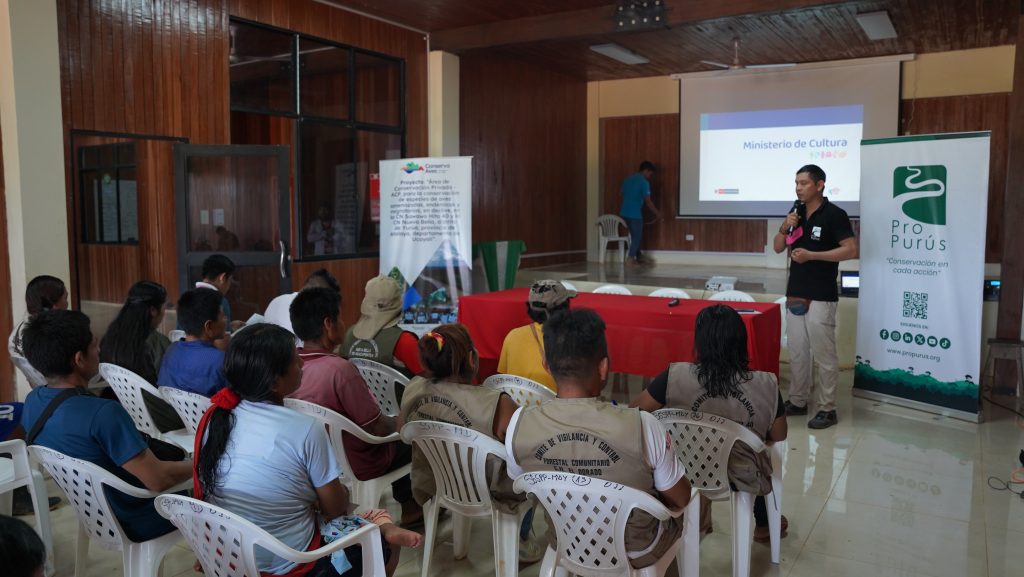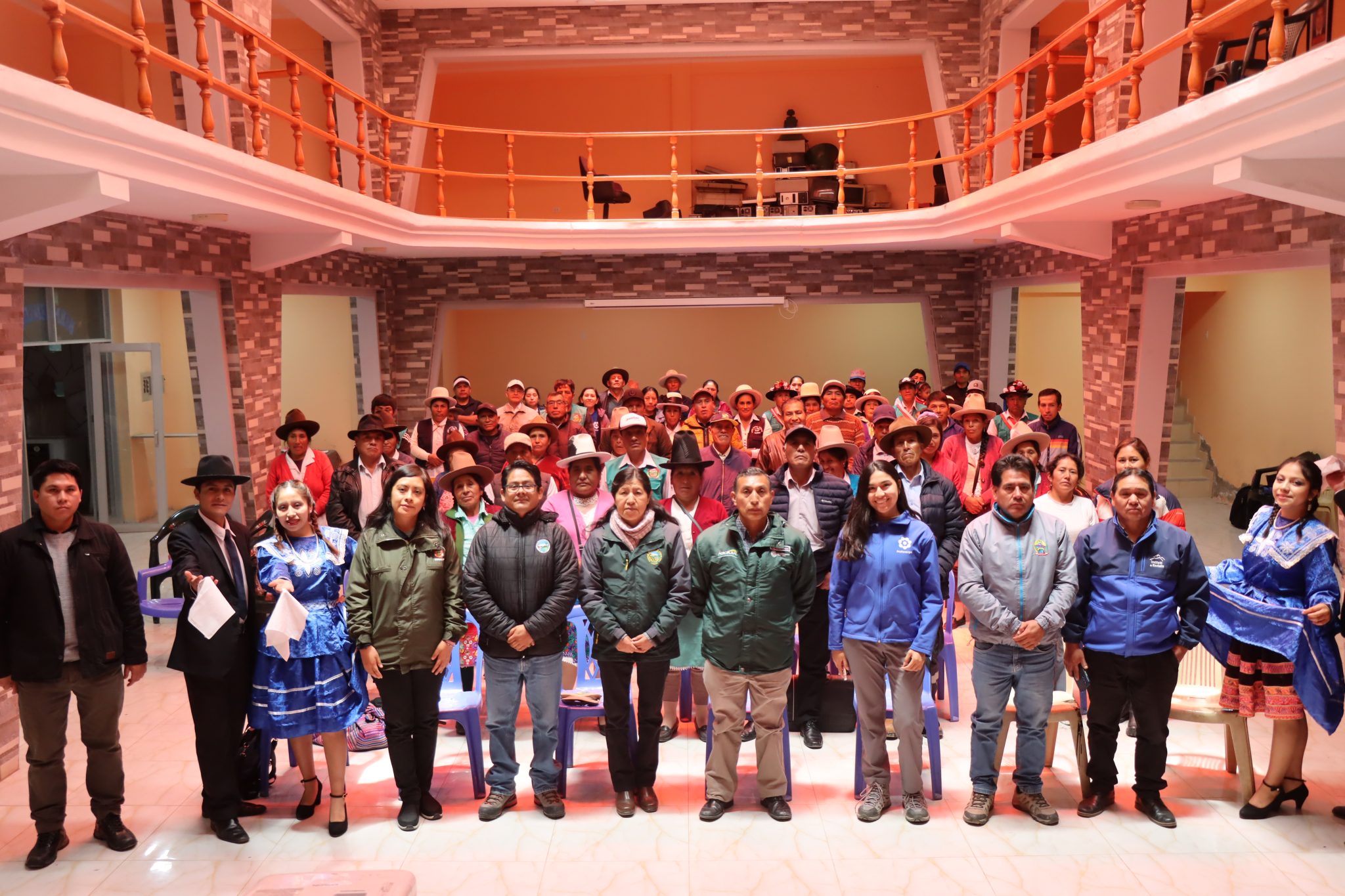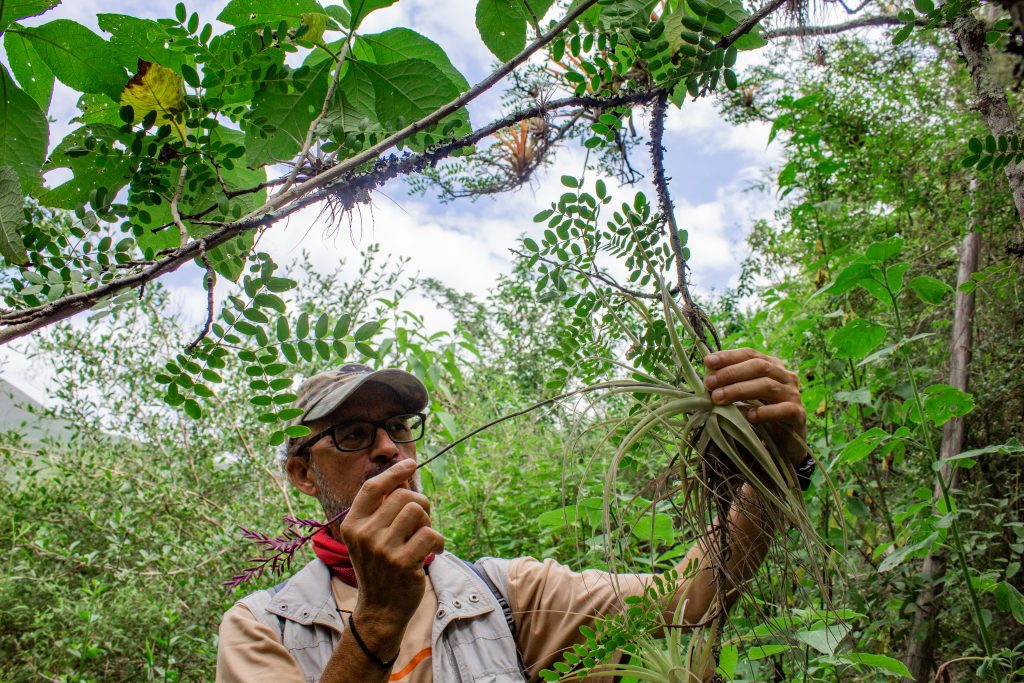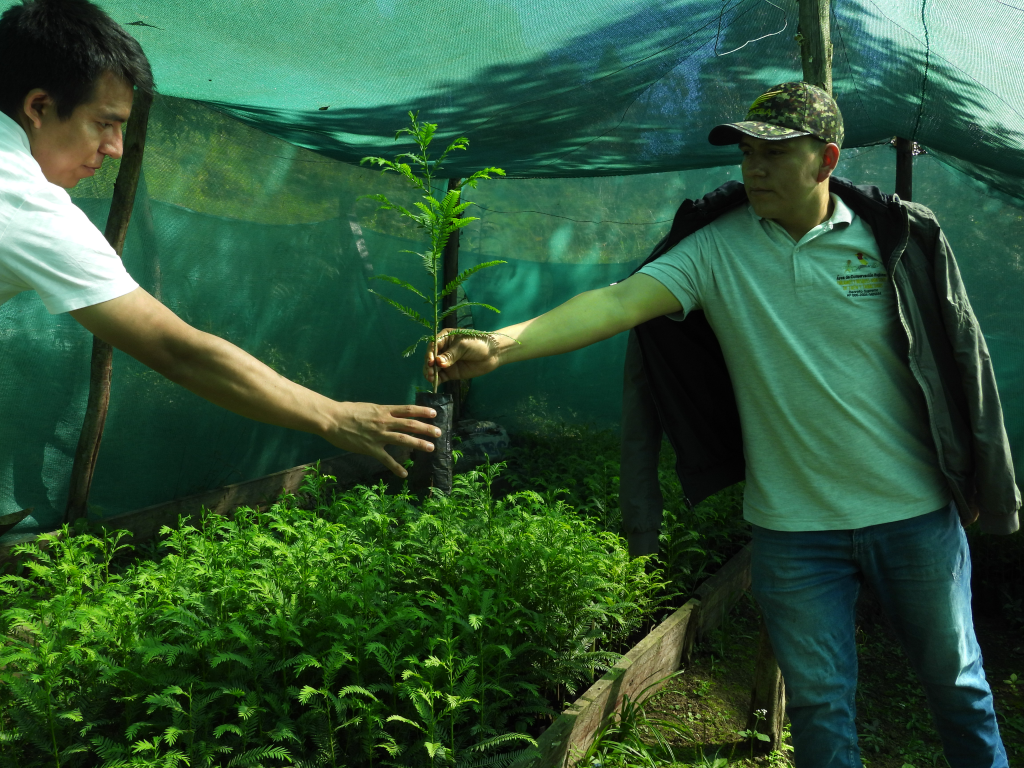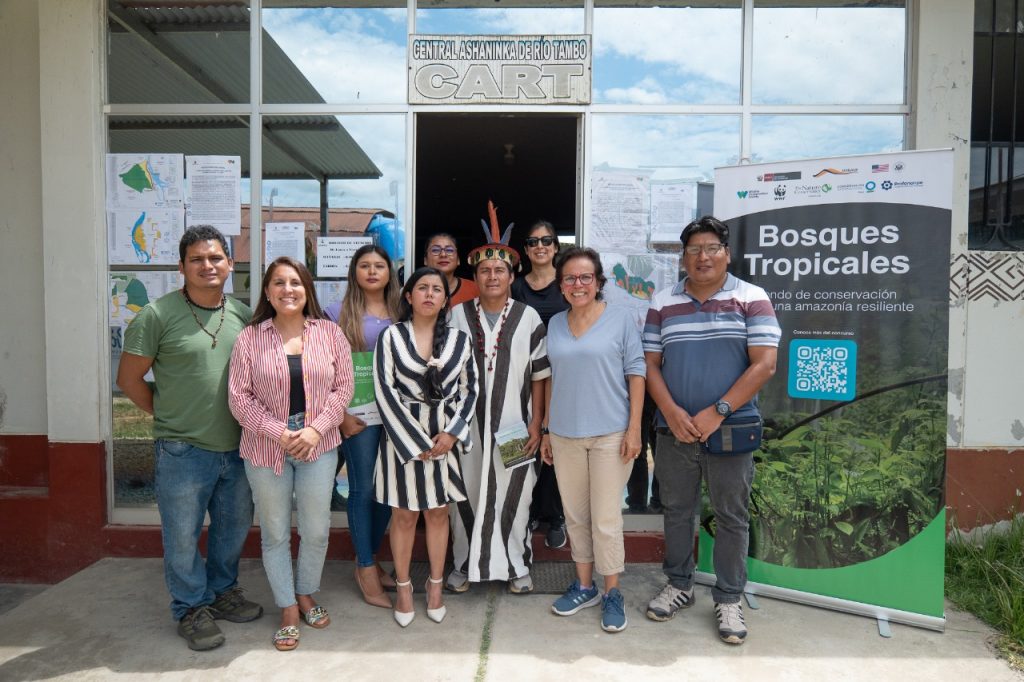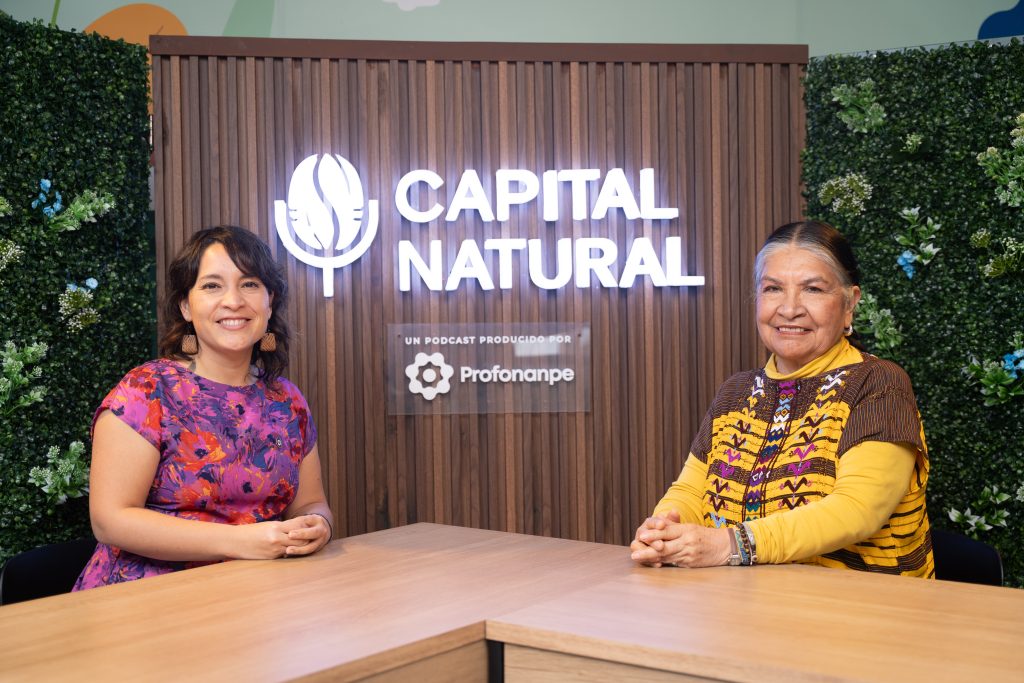Rural school implementation
©ProPurús
Community protection of Amazonian forests
The native communities of Sawawo Hito 40 and Nueva Bella, in the district of Yurúa, Ucayali, have implemented rural schools to strengthen their capacities in territorial management and environmental conservation. This initiative seeks to consolidate the protection of 25,649 hectares of Amazonian forests that are home to endangered birds, both endemic and migratory, and other key ecosystems such as high terrace forests, aguajales and stream banks, essential for ecological connectivity and hydrological balance.
The development of these rural schools is part of a comprehensive effort that includes the proposed creation of the Nueva Bella – Sawawo Hito 40 Private Conservation Area (PCA). The biological background of the area confirms its high biodiversity, which reinforces the urgency of conserving it.
Local empowerment for conservation
The rural schools provide communities with practical tools in territorial governance, community vigilance and sustainable resource management. Through workshops, community members learn about environmental regulations, monitoring with GPS technology and strategies against threats such as illegal logging and poaching. Community patrol plans and the use of digital maps improve organized response to illegal activities. Sessions combine theory with field practice, ensuring direct application of knowledge.
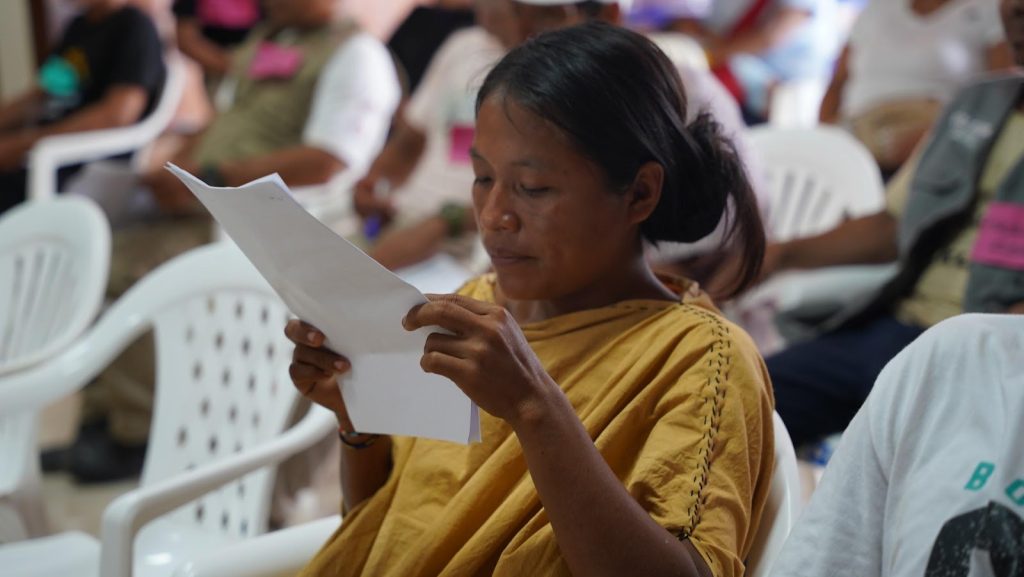
Community member receiving training on responsible practices
©ProPurús
According to the Ministry of the Environment (MINAM), Peru lost more than 200,000 hectares of Amazonian forest in 2020 alone, with Ucayali being one of the most affected regions. In this context, the proposal to create a Private Conservation Area (PCA), promoted within the framework of the Conserva Aves Initiative and implemented by ProPurús, has become an effective tool for protecting the ecosystem and strengthening community governance.
Vision for the future with an intercultural approach
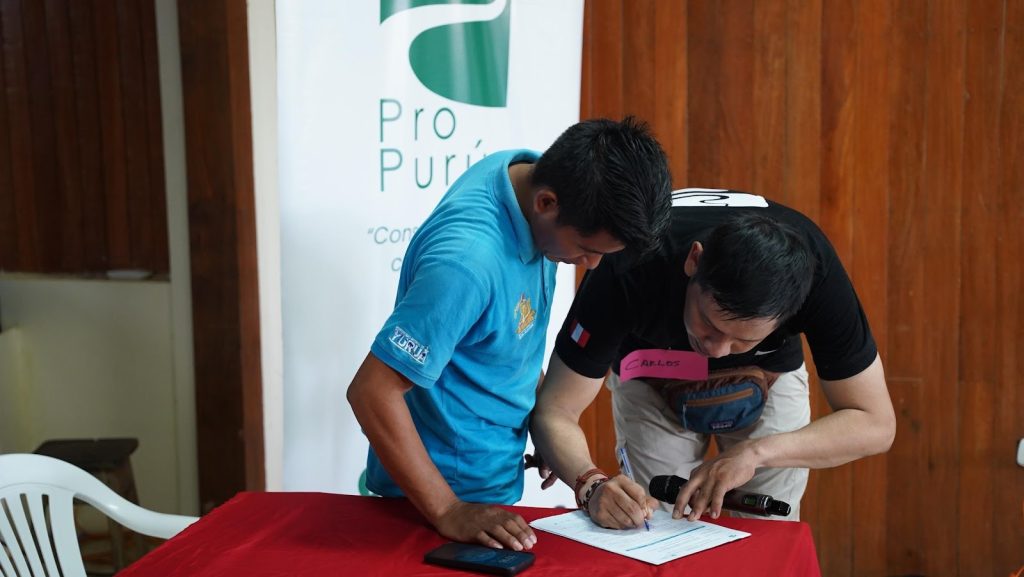
Signing of commitments for the future of the community
©ProPurús
With the support of the Conserva Aves Initiative, we promote a territorial management model led by the communities themselves, which combines biodiversity conservation, capacity building, environmental education and participatory planning. All of this is based on an intercultural approach that values traditional knowledge and guarantees concrete benefits for the communities and wildlife.
In addition, there are plans to implement a community monitoring program to record biodiversity and threats, as well as awareness campaigns to involve more community members in the protection of their territory.
“With the rural schools, we now know how to take care of our territory with our own tools,” says Juan Perez, Sawawo Hito 40 community member.
The Conserve Birds Initiative is led by the American Bird Conservancy (ABC), National Audubon Society (Audubon), Bird Life International, Birds Canada and the Latin American and Caribbean Network of Environmental Funds (RedLAC). The national partners are Profonanpe and ECOAN, leaders of implementation in Peru, with funding from the Bezos Earth Fund.
Contact
Darvin Aguilar
Communicator
aguilar@propurus.org | 931394074


